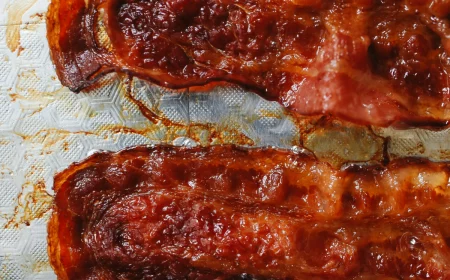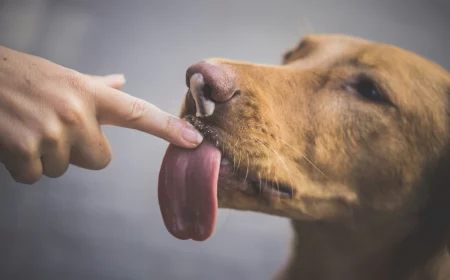Your Hair Hates the Sun (But It Doesn’t Have To): A Stylist’s Real-Talk Guide
Every single year, it’s the same story. Someone sits down in my chair, usually around September, and lets out a big sigh. They run their hands through their hair and say, “I just don’t get it. It feels like straw.” Oh, I get it. Summer happened.
In this article
- First, Let’s Get Nerdy: What the Sun Is Actually Doing to Your Hair
- Your First Line of Defense: Physical Barriers
- Your Summer Hair Survival Kit (What to Budget For)
- Choosing the Right UV Products (and Using Them Correctly)
- Pool and Ocean Care: Managing Chlorine and Salt
- Your At-Home Summer Routine
- A Special Word for Color-Treated Hair
- And Don’t Forget Your Scalp!
- A Final Word on DIY Sprays
- Inspirational Gallery
We’re all so on top of protecting our skin, slathering on sunscreen and looking for shade. But we completely forget that our hair is out there, taking a beating from the exact same sun. And believe me, it gets sunburned, too.
The damage isn’t just about your color getting a little faded. We’re talking about a breakdown of the actual structure of your hair. The good news? You can totally prevent most of it, and it doesn’t require some crazy, complicated routine. It just takes a little know-how and consistency. This isn’t about me trying to sell you a bunch of expensive products; it’s about sharing the knowledge to keep your hair strong and vibrant, no matter how much you love the sunshine.
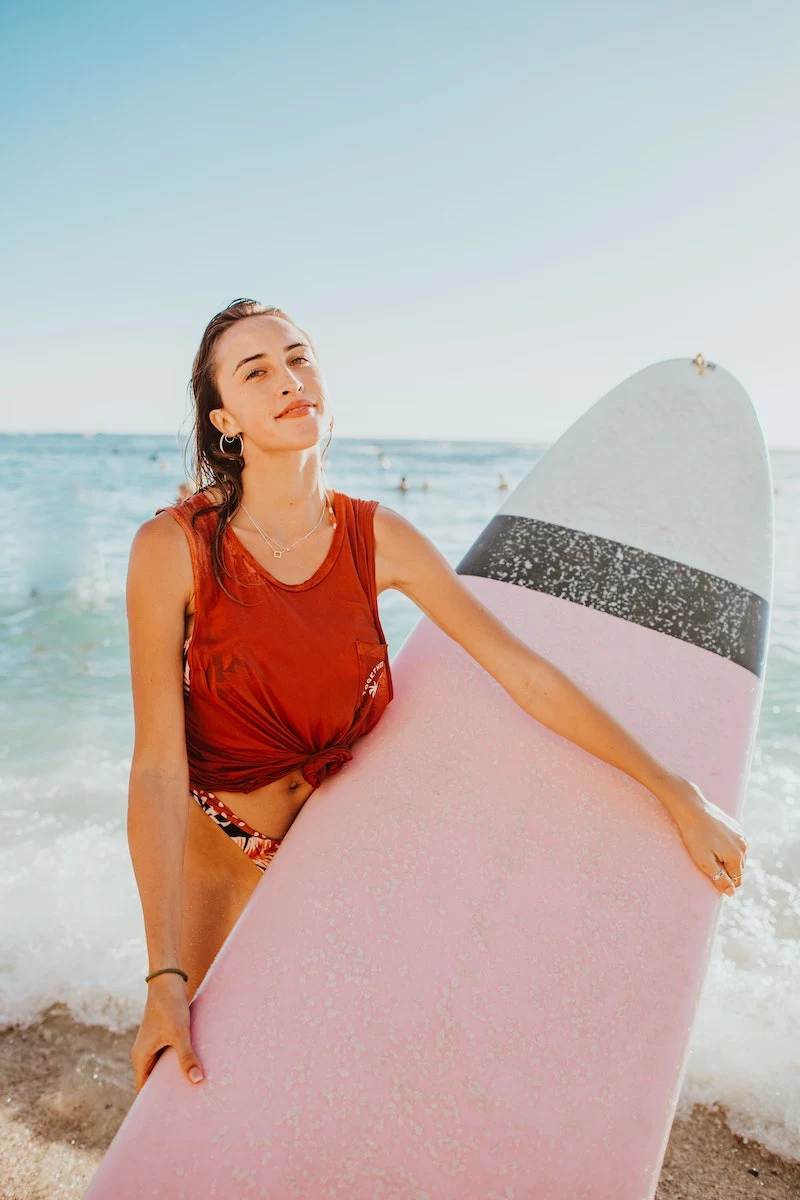
First, Let’s Get Nerdy: What the Sun Is Actually Doing to Your Hair
To really protect your hair, you’ve got to understand the enemy. The sun sends out UV radiation, and the two troublemakers for hair are UVA and UVB rays. Here’s a simple way to think about it: UVA rays are like a slow aging process, and UVB rays are like a quick, nasty burn. Both are bad news.
Your hair has layers. The outside layer, the cuticle, is like a set of overlapping shingles on a roof. Its whole job is to protect the inner core, the cortex, which is where all the good stuff is—the proteins that give your hair strength and the pigment that gives it color.
When UV rays hit your hair, they start chipping away at those shingles. The cuticle lifts and cracks, which is why your hair starts to feel rough and snags on everything. Worse yet, a busted cuticle is like leaving your front door wide open. UVA rays march right into the cortex and start wrecking the proteins, making your hair weak, brittle, and a magnet for split ends. At the same time, both UVA and UVB rays zap the color molecules, which is why your gorgeous color fades into something… else. Blondes can go brassy, and brunettes often get weird reddish-orange streaks. And for my gray- and white-haired friends, the sun can even turn the hair itself a yellowish tint. It’s a mess.
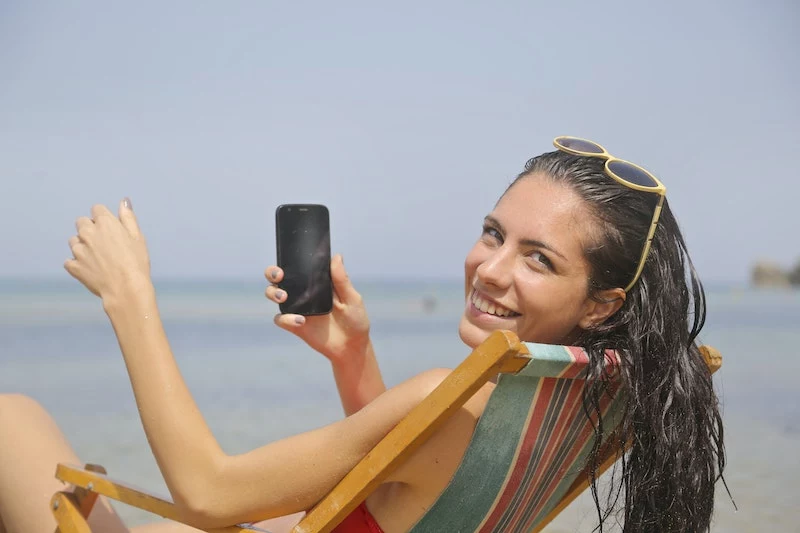
Your First Line of Defense: Physical Barriers
Honestly, the best way to protect your hair is also the easiest: block the sun from ever touching it in the first place. This is your non-negotiable first step, especially during those peak sun hours.
Hats Are Your Best Friend (Seriously)
A good hat provides 100% blockage, period. But not all hats are the same. Look for one with a tight weave; if you can see a lot of light coming through the fabric, so can the UV rays. A lot of hats now come with a UPF (Ultraviolet Protection Factor) rating, and anything with UPF 50+ is fantastic. I always push for a wide brim—at least three inches. It doesn’t just protect your hair; it covers your scalp, ears, and face. It’s a win-win.
Scarves and Wraps for a Stylish Block
Sometimes a big hat just isn’t the vibe. A silk or cotton scarf can be an amazing, stylish alternative. Silk is surprisingly good at blocking UV rays, and its smooth texture means less frizz. You can tie it around a bun or ponytail, or go for a full headwrap. It might not protect your scalp as well as a hat, but it’s way, way better than nothing. Quick tip: use a couple of bobby pins to secure it so you’re not fussing with it all day.
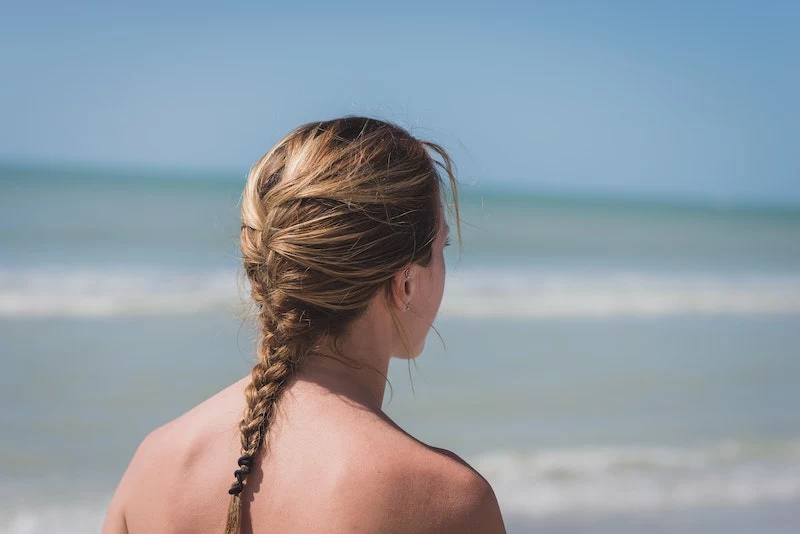
Protective Styles That Do the Work for You
Even your hairstyle can be a form of protection. Think about it: when your hair is down, every single strand is exposed. But when you put it up in a braid, bun, or twist, you dramatically reduce the surface area the sun can hit. A tight braid exposes way less hair than a loose ponytail, and a bun is even better because it tucks your fragile ends away completely. It’s a simple trick that makes a huge difference.
Your Summer Hair Survival Kit (What to Budget For)
Before we get into specific products, let’s talk about what a solid sun-care arsenal for your hair actually looks like and what it might cost. Think of this as your shopping list for a happy-hair summer.
- A Wide-Brimmed Hat (UPF 50+ is best): You can find great options anywhere from $20 to $60. It’s an investment that pays off.
- UV Protectant Spray or Cream: A good one will run you between $15 and $35. Look for it at drugstores, salons, or online.
- Sulfate-Free Shampoo: A bottle typically costs between $10 and $30.
- Weekly Deep Conditioner or Mask: Expect to pay anywhere from $15 to $40 for a quality treatment.
- Clarifying Shampoo (especially for swimmers): This is usually in the $10 to $25 range.
- For the serious swimmer: A swim cap! It’s the ultimate barrier against chlorine and salt.
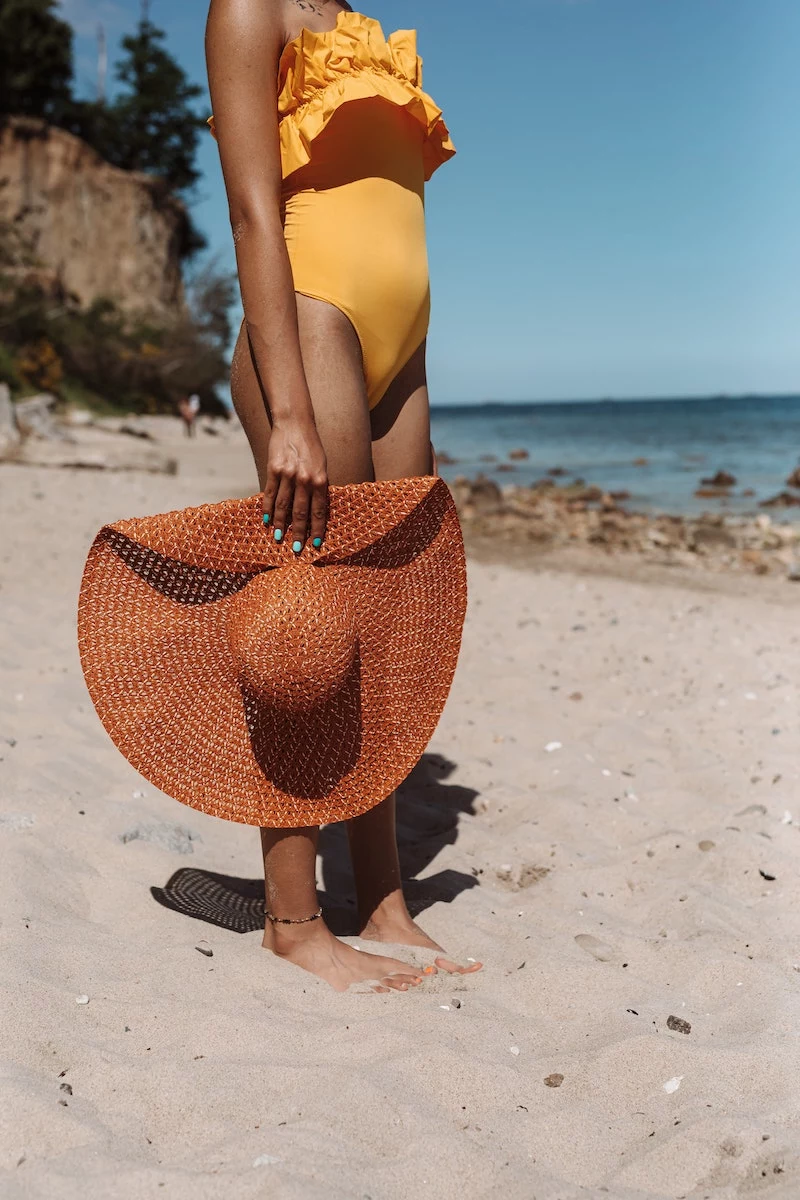
Choosing the Right UV Products (and Using Them Correctly)
Physical barriers are great, but for all-day protection, you need a good UV protectant product. Think of it as sunscreen for your hair.
How to Read the Label
When you’re staring at a wall of products, turn the bottle over. You might see complicated-sounding ingredients like Ethylhexyl Methoxycinnamate. But honestly, the easiest way to find a good one is to look for products that clearly say “UV Protection” or “UVA/UVB Filters” right on the front. Many formulas also have antioxidants like vitamin E, which is a great bonus.
Sprays, Creams, or Oils? It Depends on Your Hair Type.
Finding the right formula is key. A lightweight spray, like the kind Sun Bum or Aveda make, is perfect for fine or oily hair because it won’t weigh it down. For thick, coarse, or dry hair, a cream or lotion-based protectant is much better; it has the substance to coat thicker strands and fight frizz. As for oils, they can be great for very dry hair, but be careful! Some oils can actually heat up in the sun and fry your hair if they don’t have specific, lab-tested UV filters built in. Stick to professionally formulated products here.
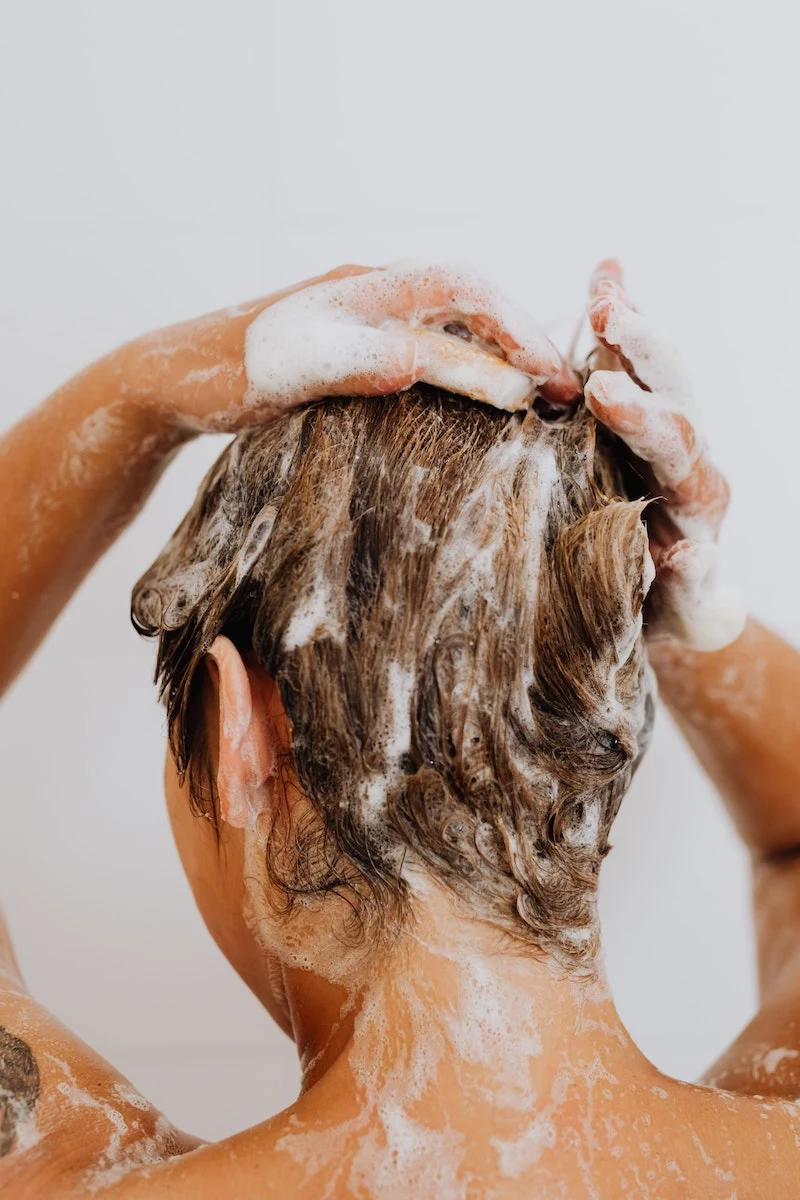
How to Apply It Like a Pro
A quick spritz over the top of your hair isn’t going to cut it. That’s the most common mistake I see. To do it right, divide your hair into at least four sections. Work one section at a time, applying the product from roots to ends until the hair is fully coated. Then, use a wide-tooth comb to distribute it evenly. And don’t forget to reapply! Just like sunscreen, it wears off. Plan on another application every two hours you’re in the sun, and always after you swim.
Pool and Ocean Care: Managing Chlorine and Salt
Chlorine and salt are incredibly drying on their own. Add the sun to the mix, and you’ve got a recipe for disaster.
The Pre-Rinse Rule: This is the single most important tip for swimmers. Before you get in the water, drench your hair with clean, fresh water. Your hair is a sponge; if it’s already full of clean water, it can’t absorb as much of the damaging stuff. A quick rinse at a beach shower works wonders.
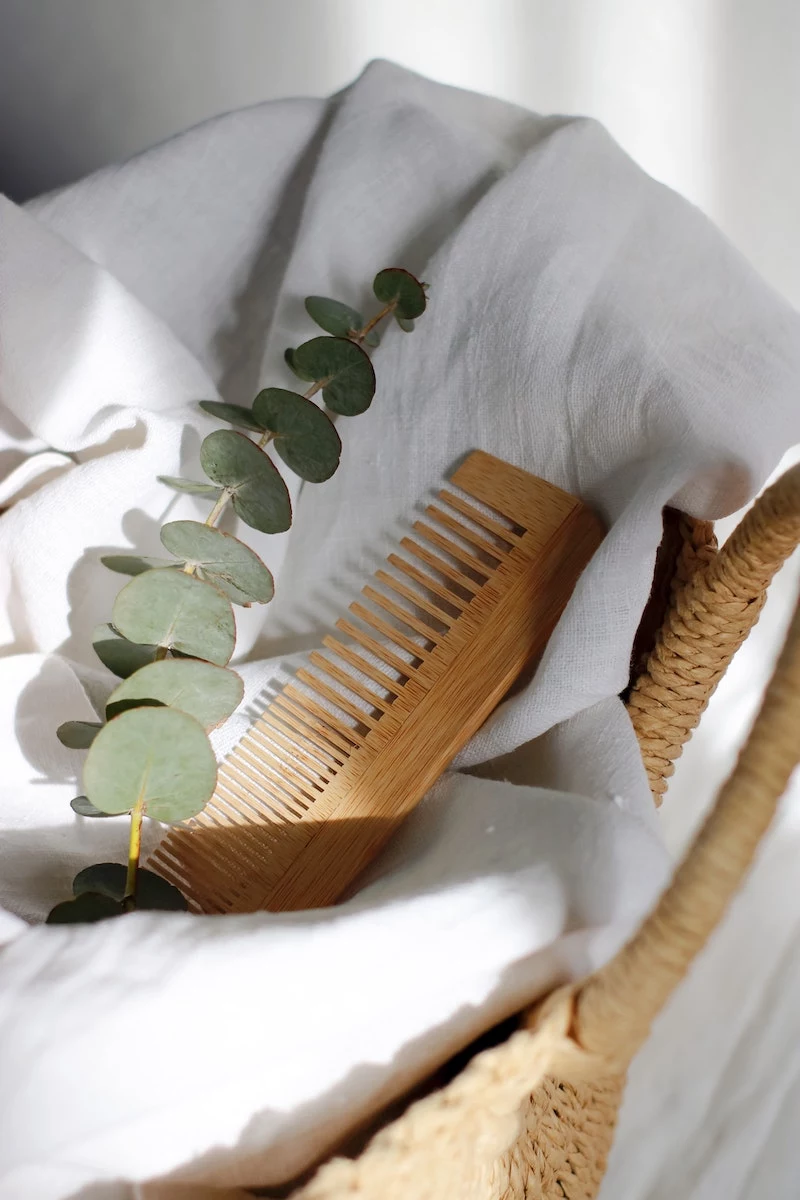
Add a Barrier: For extra protection, run a leave-in conditioner through your wet hair before swimming. I know some people worry about silicones, but for swimming, they are your best friend. They create a physical barrier that water-based products just can’t. Just be sure to use a clarifying shampoo once a week to prevent any buildup. Oh, and here’s a little hack: in a pinch, just take a tiny dollop of your regular rinse-out conditioner, rub it between your palms, and lightly coat your ends. It’s not perfect, but it’s so much better than nothing!
The Post-Swim Rinse: As soon as you’re done swimming, rinse your hair with fresh water again. Don’t let salt or chlorine dry in your hair under the sun—it literally crystallizes and magnifies the damage.
Your At-Home Summer Routine
Your daily habits matter just as much as what you do at the beach.
Use a gentle, sulfate-free shampoo, and focus on scrubbing your scalp, not your fragile ends. Always finish with a cool water rinse to help seal the hair cuticle, which locks in moisture and adds shine. And please, use a deep conditioning mask at least once a week. Apply it from the middle of your hair down to the ends—the oldest, driest parts—and leave it on for 15-20 minutes. For a salon-level treatment, wrap your hair in a warm towel or shower cap while the mask is on. The gentle heat helps it penetrate deeper.
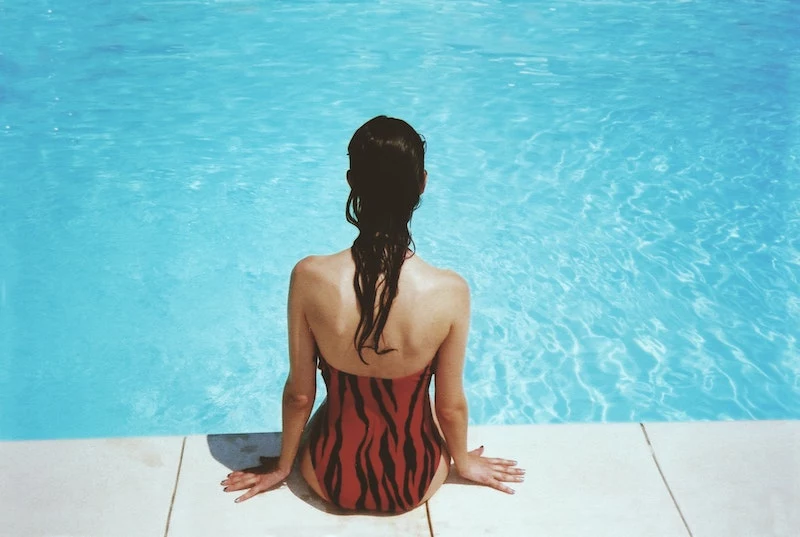
A Special Word for Color-Treated Hair
If you color your hair, you are in the sun-damage danger zone. The coloring process already makes your hair more vulnerable, and the sun will happily strip that expensive color right out. Reds fade the fastest, blondes turn brassy, and brunettes lose their richness.
Protecting that investment is critical. In addition to all the other steps, consider a color-depositing conditioner or a salon gloss treatment, which can run you anywhere from $50 to $100. A gloss adds a protective coating and refreshes your tone. If your hair feels super gummy when wet or is snapping off, it’s time for the heavy hitters: bond-building treatments. These products work on a molecular level to actually repair the broken bonds inside your hair. This is serious repair, and if you’re at this stage, it’s best to see your stylist.
And Don’t Forget Your Scalp!
Your scalp is skin, and it can get a nasty sunburn, especially along your part line. Not only is it painful, but a bad burn can even damage hair follicles. The easiest solution? A hat. But you can also run a sunscreen stick along your part or use a spray sunscreen designed for scalp and hair. If you do get a burn, treat it gently with pure aloe vera gel.

A Final Word on DIY Sprays
I get the appeal of natural, homemade solutions. But to be frank, this is one area where I have to be direct. While a DIY spray with aloe and oils might feel nice, it does NOT provide reliable UV protection. The natural SPF found in some oils is minimal and inconsistent. Think of it as a light conditioning mist, not a sun shield. If you make one, please be cautious, store it in the fridge, and use it up within a week.
At the end of the day, preventing sun damage is all about building good habits. A few small, consistent actions will always be easier and cheaper than trying to fix a whole summer’s worth of damage. Your hair will thank you for it!
Inspirational Gallery
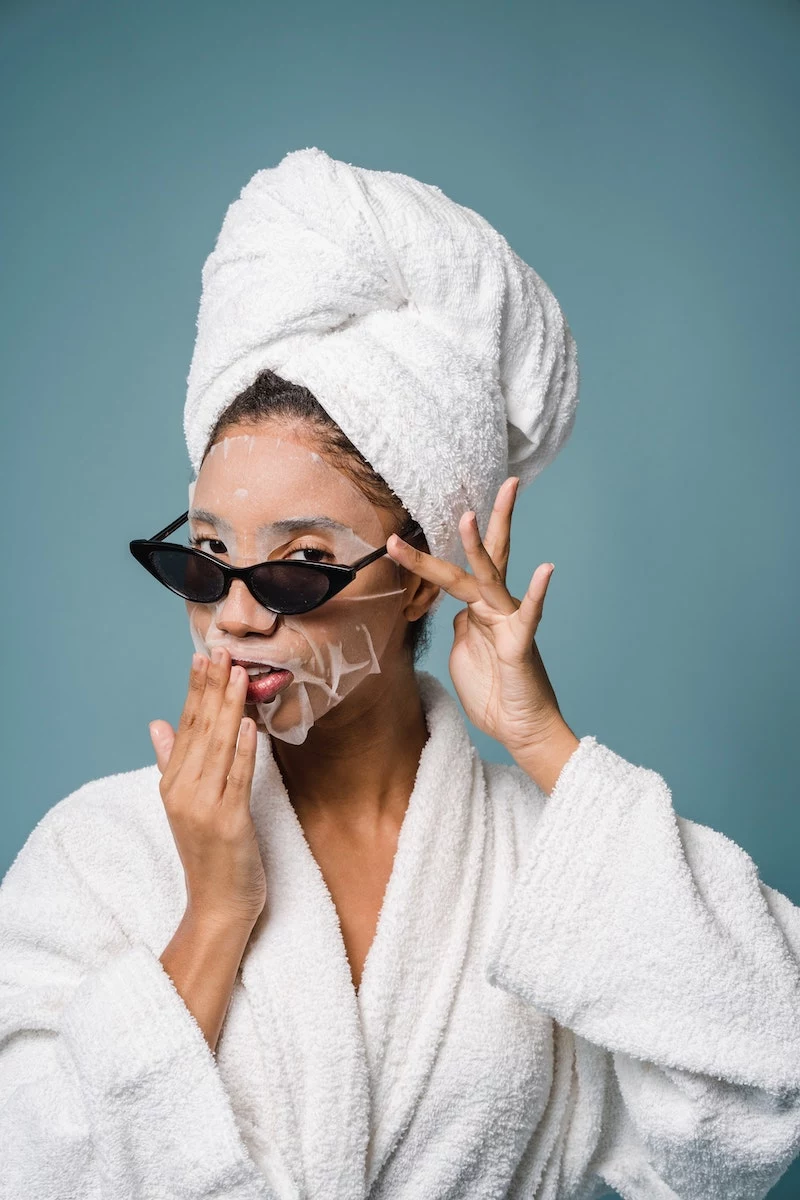
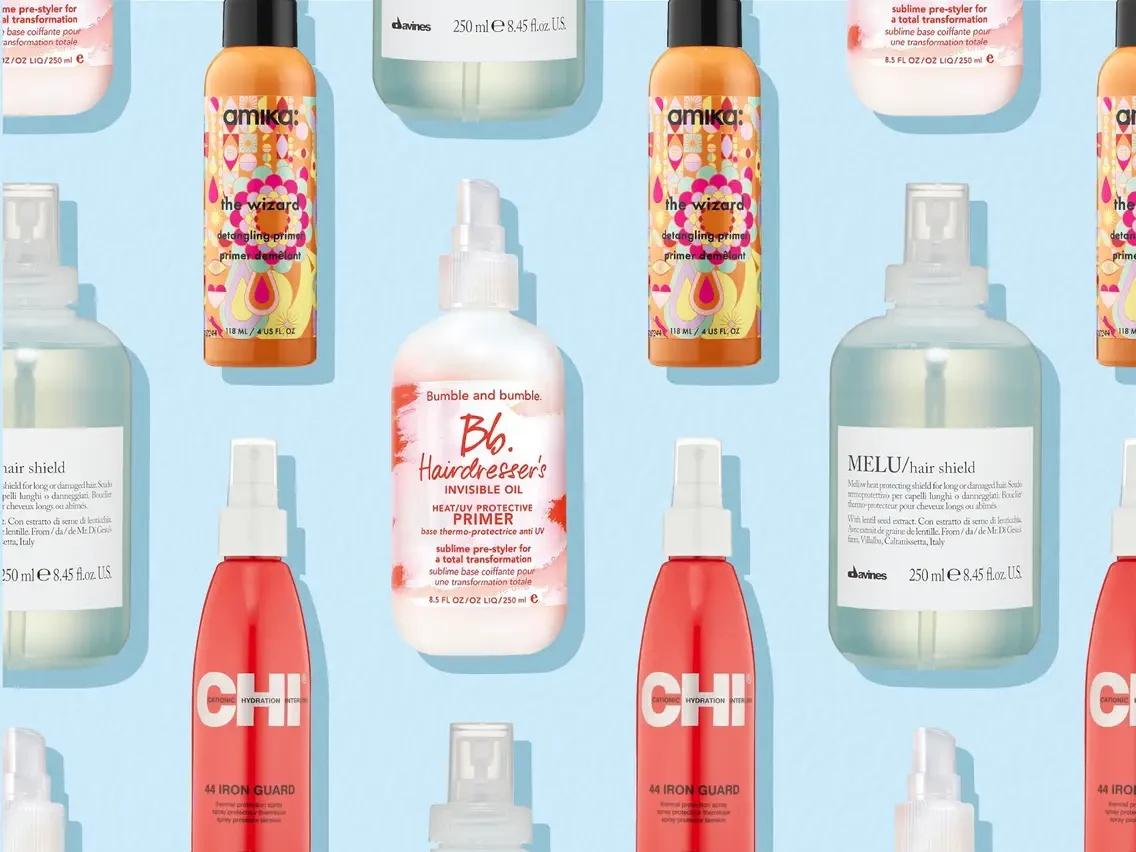
Did you know that the combination of saltwater and sun can be even more damaging than the sun alone? The salt crystals left on your hair act like tiny magnifying glasses, intensifying the sun’s rays and accelerating color fade and protein damage.
This is why a quick freshwater rinse after a dip in the ocean is non-negotiable. It’s not just about getting the salt out; it’s about disarming these microscopic damage-boosters before you go back to lounging in the sun.
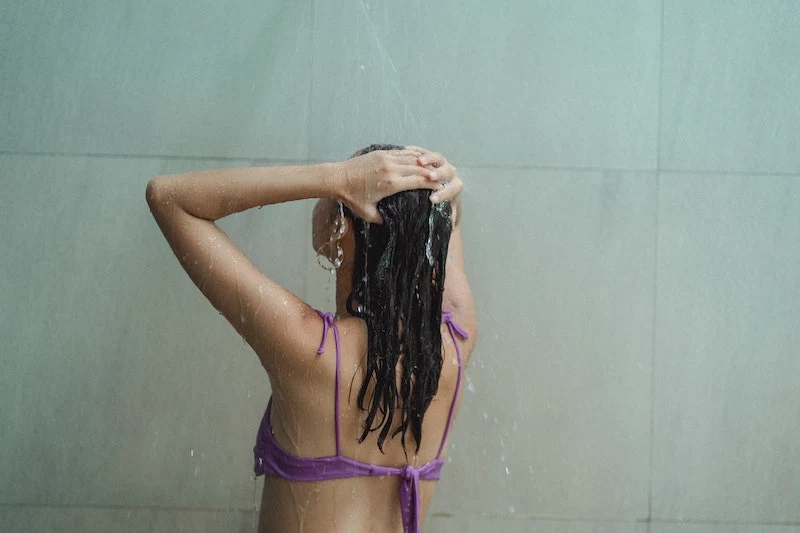
So, can my daily heat protectant double as a sun shield for my hair?
It’s a great question, but the answer is usually no. Heat protectants are formulated to shield hair from the intense, direct heat of styling tools (up to 450°F/230°C), often by creating a film that slows heat conduction. UV protectants, on the other hand, contain specific ingredients like benzophenone-4 or ethylhexyl methoxycinnamate that absorb or block the sun’s radiation. Think of it like an oven mitt versus sunscreen. While some high-end products, like those in the Kérastase Soleil range, are formulated to do both, your standard drugstore heat spray likely isn’t pulling double duty at the beach.
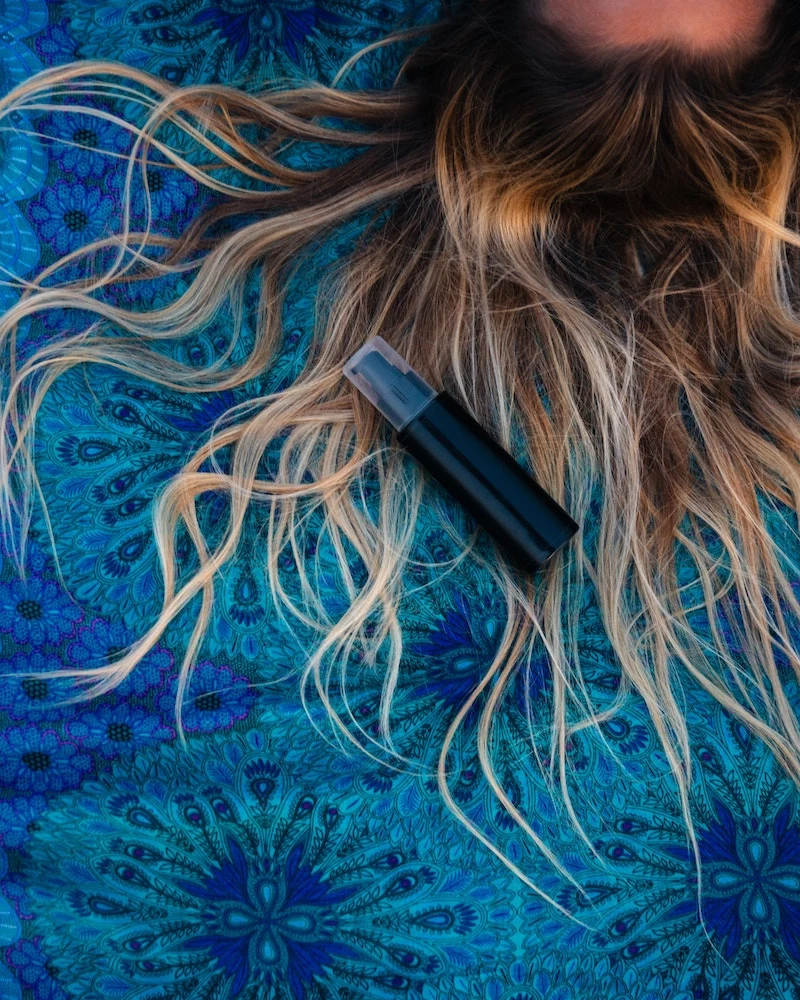
Physical Shield: The Wide-Brimmed Hat. A classic for a reason. It offers 100% physical blockage from UV rays for your scalp and the hair it covers. It’s foolproof protection, as long as you’re wearing it. Ideal for peak sun hours.
Chemical Shield: UV Protective Spray. A lightweight mist, like Aveda’s Sun Care Protective Hair Veil, is incredibly convenient. It coats the hair strands with UV filters. Perfect for active days or when a hat isn’t practical, but remember to reapply, especially after swimming.
For total defense, why not use both?
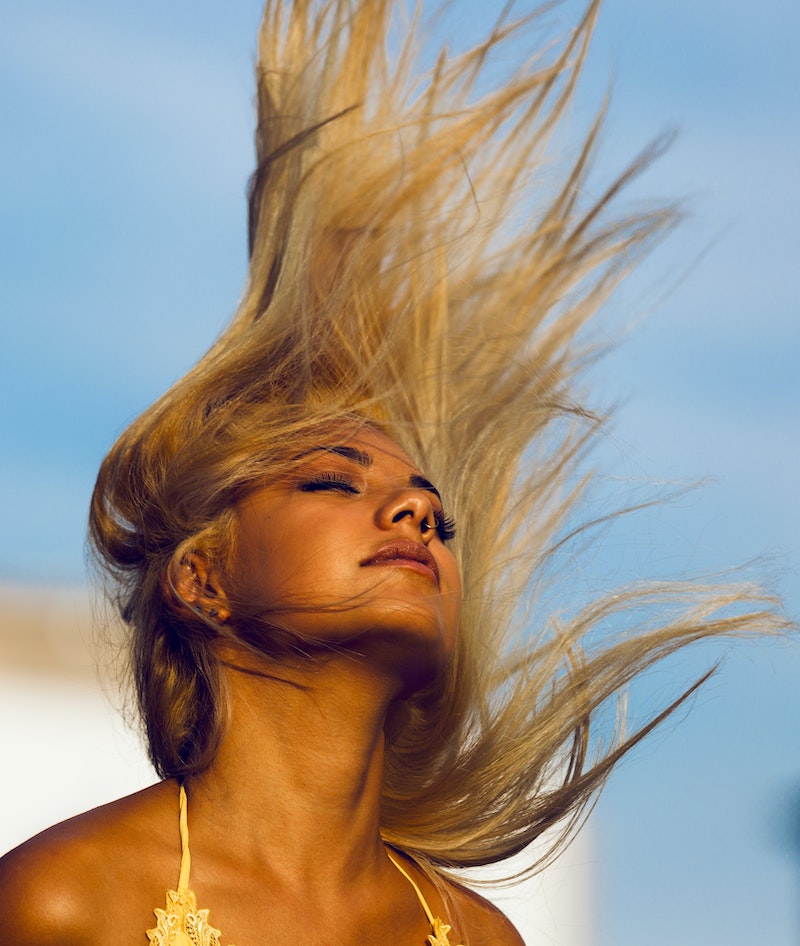
Your hair feels parched and brittle after a long day outdoors? Here is the simplest post-sun repair mask to restore moisture and shine. You only need two ingredients.
- Mix a half-cup of pure aloe vera gel (the kind for skin, without alcohol) with a tablespoon of argan or jojoba oil.
- Apply generously to damp, clean hair, focusing on the ends.
- Let it sit for 20 minutes before rinsing thoroughly with cool water.
The secret? Aloe vera soothes and hydrates the scalp and strands, while the oil seals in the moisture and restores lipids stripped by the sun.
Think ahead before you dive in. Your hair is like a sponge. If you let it soak up chlorinated or salt water first, the damaging chemicals and salts will penetrate deeply. The simple pro trick is to saturate it with clean water and apply a light layer of leave-in conditioner *before* you get it wet. This fills the “sponge” with good stuff, leaving less room for the bad.




